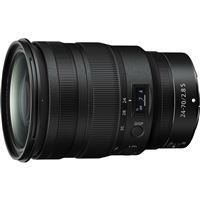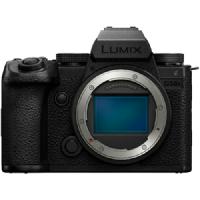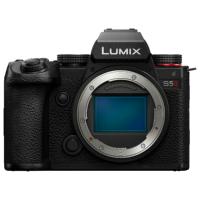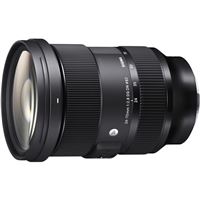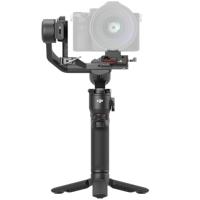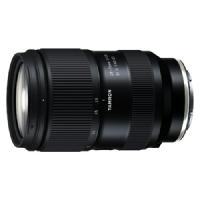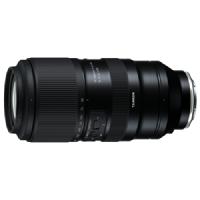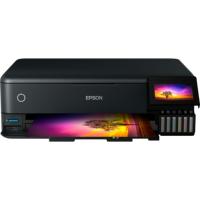What kind of image stabilisation do you get?
If you thought image stabilisation was one easy part of the camera, you're wrong. In fact, there are several types of stabilisation for your camera. Let's explain them briefly.
Optical
Optical image stabilisation is the variant you'll encounter the most. In this variant, the sensors of the camera/lens detect movement of the camera. As soon as the sensors see movement, they immediately cause the optical elements to move with them. It is worth knowing, however, that the optical elements only correct small movements, such as hand vibrations.
Digital
Digital image optimisation also has sensors in the camera that detect motion, but the difference is in the moment of capture. This is because the digital image stabilisation delays the photo until the camera is stationary, only then is the photo taken. In addition, digital image stabilisation involves additional sharpening by software on the camera. You can also do this with a software program on the computer.
Which should I choose?
The two types of stabilisation work equally well, but what you need to pay attention to is that the stabilisation quality is related to the quality of the camera. An advanced camera also has an advanced image stabiliser. Also worth knowing, a stabiliser in lenses is much more accurate than a stabiliser in the body. Do you really want to be 100% sure of a sharp photo? Ensure you always use a tripod.
Good to know
Image stabilisation takes a lot of power out of a camera, so take this into account if you're going out for the day.
Turn off image stabilisation when not in use.
If you're photographing on a tripod, turn off the stabiliser. Because when it is on, it can cause unwanted vibrations.
Some cameras recognise that they are on a tripod, and the stabilisation automatically turns off. So that's great!
















